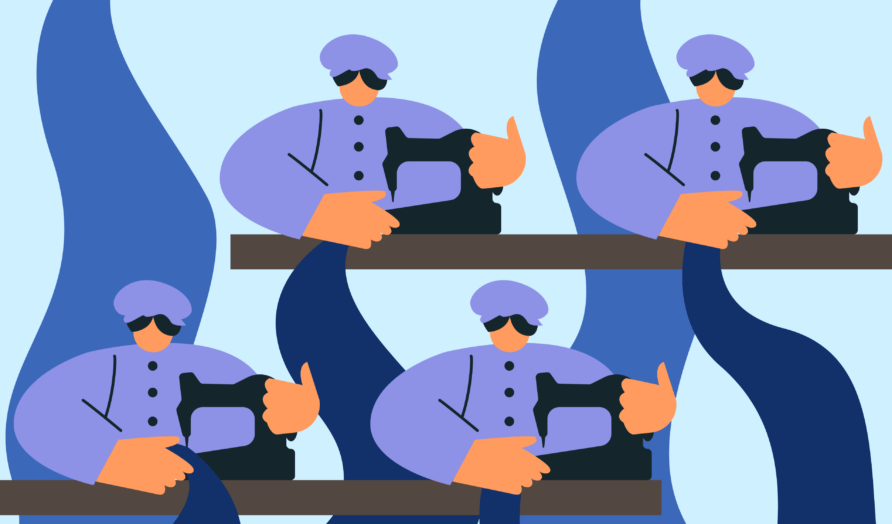Labor exploitation, long associated with the agricultural sector, has unfortunately extended into other industries — including fashion. Behind the glamour of catwalks and luxury branding, serious issues often emerge in the less visible parts of the supply chain, such as garment assembly and outsourced production. Here, many workers — often migrants — face poor working conditions, unfair pay, and a lack of legal protection.
In Lombardy, one of Italy’s fashion capitals, illegal labor practices are frequently found in small and opaque manufacturing units. These businesses may use undocumented labor, bypass safety standards, and avoid taxes. Some workers endure exhausting hours, minimal wages, and living conditions close to modern slavery. Such abuses are often enabled by a highly fragmented production process and layers of uncontrolled subcontracting that make it hard to trace responsibility.
To tackle this issue, the Lombardy Region has launched a series of good practices aimed at promoting an ethical and transparent fashion system. First, they formally acknowledged the problem and committed to taking structural action. A key initiative has been the creation of the “Tavolo Moda” — a working group that brings together employers’ associations, trade unions, labour inspectors, and non-profits to define shared standards for fair and legal work.
One of the most impactful outcomes of this collaboration is a voluntary accreditation system for fashion companies that comply with legal and quality standards. Certified businesses can display a regional ethical label — giving consumers the power to choose products made under fair conditions and giving responsible businesses a competitive edge.
The Region also launched awareness campaigns targeting the general public and industry players, highlighting the risks of exploitation and the benefits of a transparent economy. Education is part of the strategy too, with schools in fashion and design now including labor rights and sustainability in their curricula.
From an enforcement standpoint, Lombardy strengthened coordination with the National Labour Inspectorate, INPS (social security), law enforcement, and public prosecutors. Together, they developed shared operational protocols to carry out joint inspections in areas most at risk.
Equally important is the Region’s support for victims. Dedicated funding helps former exploited workers re-enter the labor market through training and reintegration projects — turning protection into opportunity.
Fighting labor exploitation in fashion is a complex task. It demands collaboration between institutions, businesses, and civil society. But Lombardy is showing that sustainable economic development and respect for workers’ rights can — and must — go hand in hand. In an age where brand reputation is deeply tied to social responsibility, building a fashion industry free from exploitation is not just a moral duty, but a strategic investment in the future of the sector.

